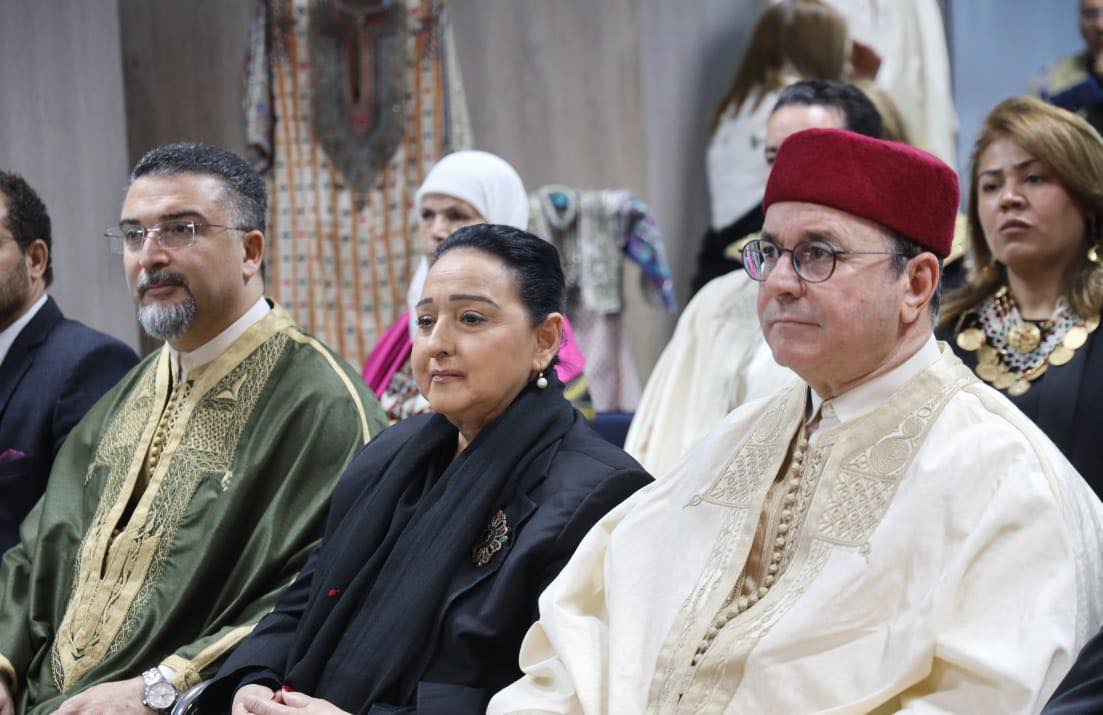For over 4,000 years, Tyrian purple—known as Pourpre de Tyr—has captivated civilizations as a symbol of power, luxury, and divine authority. Derived from the secretions of Mediterranean sea snails, this legendary pigment was once worth its weight in gold, reserved exclusively for royalty and elites. A recent interview with a historian specializing in ancient dyes sheds light on the intricate production process, cultural significance, and staggering economic impact of this ancient treasure.
The Alchemy of Purple: From Snail to Sovereign
Tyrian purple’s creation was a marvel of ancient biochemistry. Three species of sea snails, including the Murex, were harvested for their hypobranchial glands. When extracted, these glands appeared white but transformed into vibrant hues through a meticulous process:
Dehydration in Salt: The glands were salted to draw out moisture and initiate color development.
Fermentation: Crushed glands were fermented to create a soluble dye.
Immersion and Oxidation: Fabrics like wool, silk, or velvet were dyed in vats, where exposure to sunlight or air triggered a chemical reaction, turning the dye from green to deep purple.
The result was a colorfast pigment that resisted fading for millennia, a quality that made it irreplaceable in the ancient world.
A Color Worth More Than Gold

Carthage: The Purple Empire
While the Phoenician city of Tyre (modern-day Lebanon) gave the dye its name, the interview highlights Carthage and Djerba (in present-day Tunisia) as pivotal hubs in the Mediterranean purple trade. Carthage’s mastery of production and distribution turned the dye into an economic powerhouse, funding its rise as a maritime empire. From North Africa to southern Europe, Carthaginian trading posts supplied purple to the ancient world, amassing wealth comparable to “trillions of dollars” today.
Legacy of a Lost Art
The decline of Tyrian purple began with the fall of Carthage in 146 BCE and the eventual rise of synthetic dyes. Yet its legacy endures. Fragments of purple-dyed textiles still dazzle in museums, and the pigment remains a symbol of opulence. Today, historians and chemists study ancient methods to unravel the secrets of this chromatic marvel, bridging the gap between archaeology and art.

Tyrian purple was more than a dye—it was a political tool, a economic engine, and a cultural icon. Its story intertwines with the rise and fall of empires, reminding us that even the smallest creatures can shape human history. As the interview poignantly notes, Carthage’s wealth and power were “dyed in purple,” a testament to humanity’s enduring quest for beauty and status.


